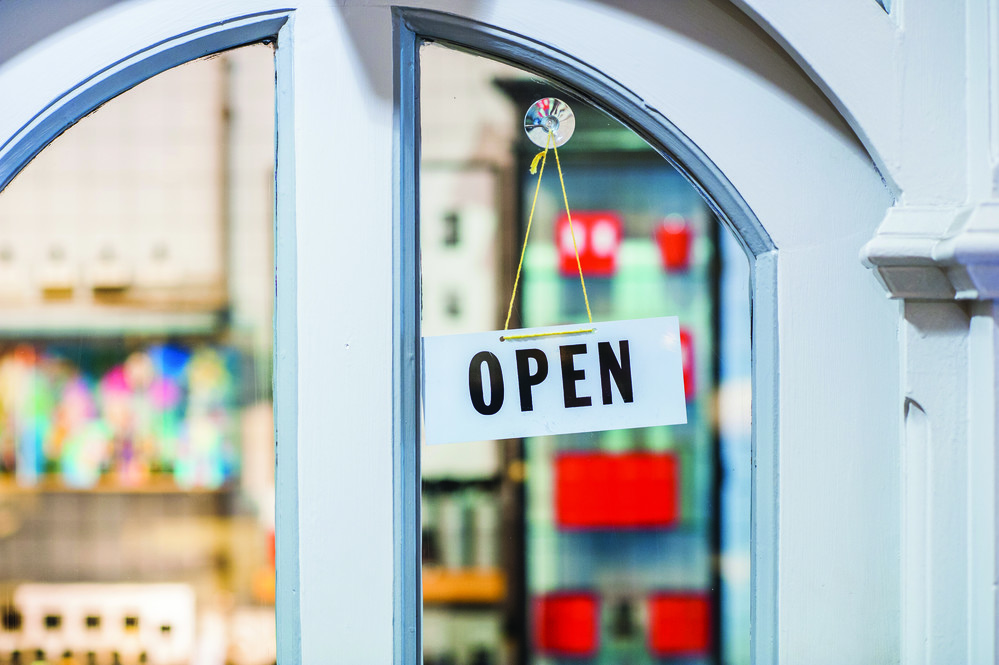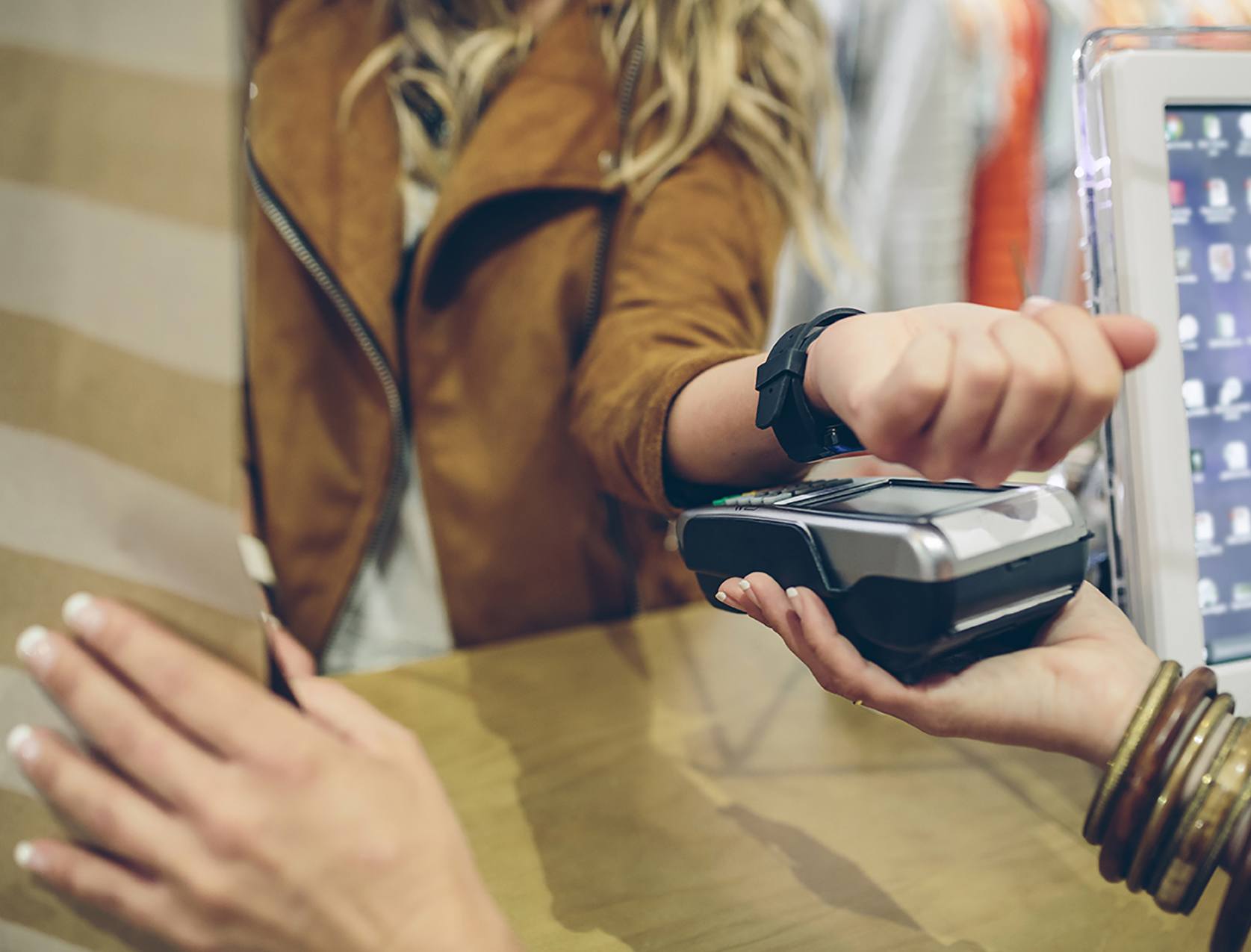Technology & Innovation
Amazon Go: How to use fintech for your business in light of the new checkout-free shop

Fintech enthusiasts everywhere are a little jealous of their counterparts in Seattle as Amazon Go, Amazon’s first supermarket, has opened.
The customer experience titan has introduced an unforeseen level of convenience by replacing the traditional checkout process with… well nothing. Instead, shoppers simply walk out of the store with their goods and their stored Amazon payment method is charged once they leave.
No cashiers. No registers. No need to pull out your credit card.
How does Amazon Go work?
First, shoppers enter the Amazon Go shop through a row of gates (think: train turnstiles) and scan their Amazon app on their mobile device. Then, they do their shopping. Customers make their purchase selections as usual.
Hundreds of strategically placed cameras throughout the store paired with sophisticated computer vision and machine learning software keep a watchful eye on your shopping activity.
Each item you pick up is automatically added to your virtual shopping cart in your Amazon account. Put an item back and it’s removed from your account. Amazon sends you a receipt for your purchase once you walk out of the store.
See the black squares everywhere? It’s cameras & sensors feeding an underlying algorithm for the detection of products & customers. Black dots on the salad: machine readable information. #AmazonGo #handelsblatt pic.twitter.com/Py0KR37jKJ
— Britta Weddeling (@bweddeling) January 22, 2018
What does this mean for payments processing?
Not a lot, yet. This sort of forward thinking is already top of mind for traditional payments service providers but, much like everything else set to take off in fintech, it really depends on how well customers take to this type of technology.
Amazon hasn’t released any plans to implement this at its recently acquired Whole Foods stores but there’s speculation that it could sell its automated checkout technology to other retailers as part of its cloud computing services.
If we can expect trends in consumer behaviour to dictate the future of payments, we can certainly expect small businesses to adapt more in-store contactless solutions over the next few years based on recent research.
In 2017, payment processing and technology provider Vantiv asked 500 shoppers in the US if they had used their mobile phone in-store to pay for goods or services (using the likes of Apple Pay and Android Pay) within the past three months and 56% said yes.
As quickly as consumers have adopted that payment method, small and medium-sized enterprises (SMEs) have adopted digital and mobile methods just as fast.
In October 2017, financial services firm Wells Fargo asked 602 SMEs about the types of digital and mobile payment methods they currently accept. The results revealed 33% accept payments on a mobile point of sale (POS), 29% accept online payments and 12% accept digital wallets such as Apple Pay and Android Pay.

Have you considered using new payment methods for your business?
Should you adopt new payments technology?
As more options become available, it’s important for you to consider whether new payments methods are right for your business.
A report we did into payments revealed customers are more likely to frequent businesses that offer their preferred way to pay and tend to spend more money with these businesses. When considering adding more payments options, you should try the following:
1. Get the opinions of your customers
This is the best way to gauge if your customers desire a more convenient way to pay you. It may not be worth your while if your customer base is content with traditional payment methods but it’s certainly worth asking.
2. Keep your customers informed
The checkout and payment process is an integral part of the overall payment experience. Customers expect to be able to pay you seamlessly, so any hiccups in the will be highly visible.
Be sure to let your new and existing customers know when a new payments process is coming, what changes they can expect and how the new method will make paying easier.
3. Phase out old methods slowly
Assume it will take your customers a bit of time to adapt to your new payment options and keep your traditional methods available temporarily. Use any communication touchpoints you have with your customers to remind them of the upcoming changes in payment methods and where they can go for support.
What do you think of Amazon Go and automated checkout technology? Let us know in the comments below.






Ask the author a question or share your advice